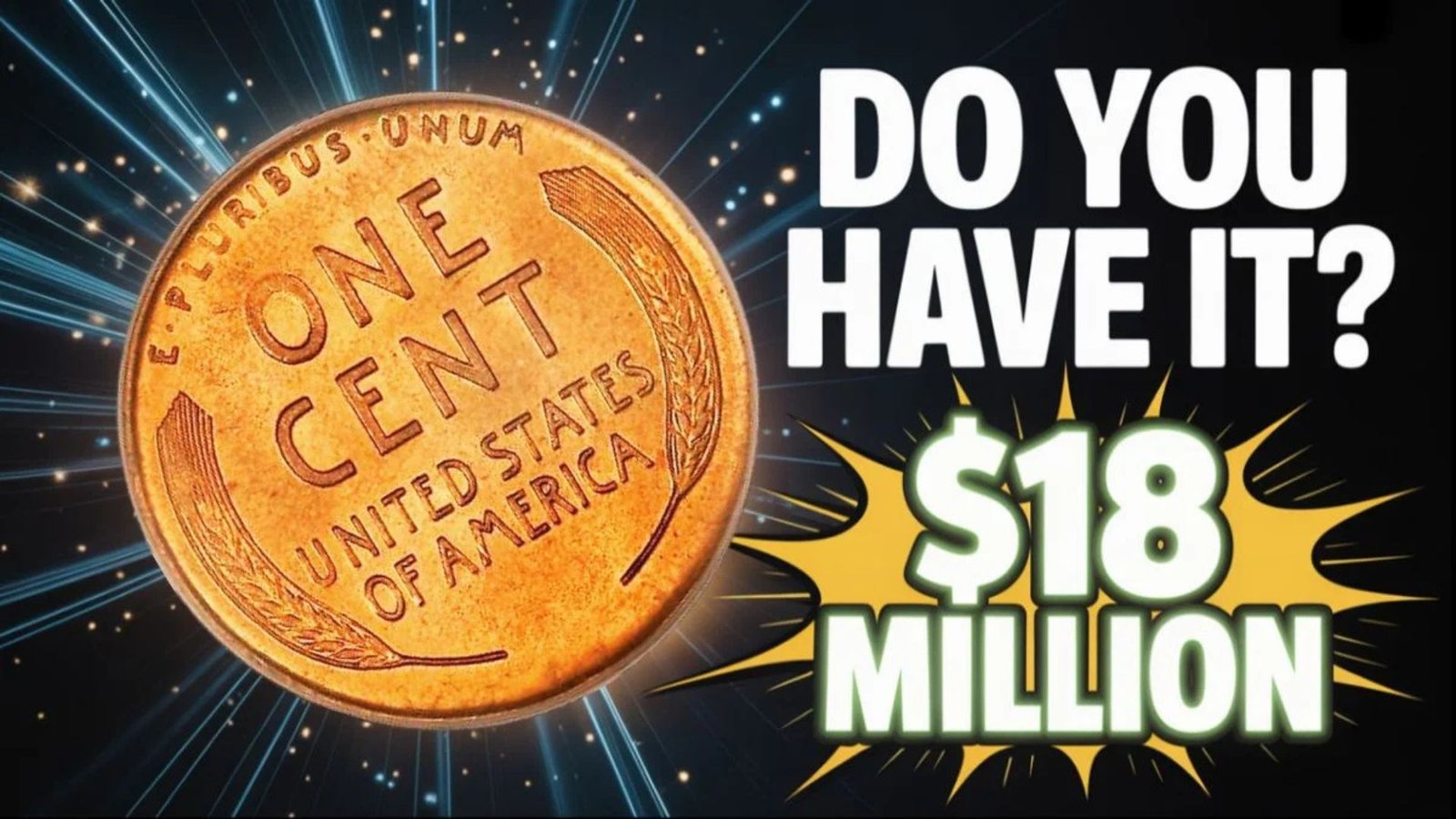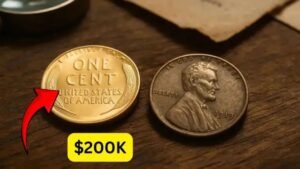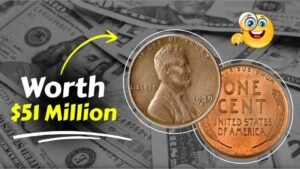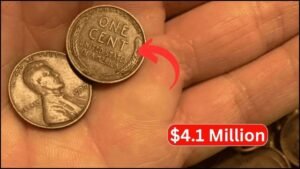Have you ever glanced at a dusty jar of old Wheat Pennies and wondered if they might be worth more than a few cents? What if those tiny copper coins hiding in your drawer were quietly gaining value while you weren’t looking? Over the past decade, Wheat Pennies have evolved from nostalgic collectibles into potential treasures. By the end of this guide, you’ll understand how these humble coins became some of the most sought-after finds in American coin collecting.
What Are Wheat Pennies?
Wheat Pennies, also known as Lincoln Wheat Cents, were minted from 1909 to 1958. They feature Abraham Lincoln’s profile on the obverse and two wheat ears on the reverse, symbolizing prosperity. These coins were the first US cents to honor a real person and were introduced to commemorate Lincoln’s 100th birthday. While millions were produced, only certain years and conditions make them valuable today.
A Brief History Behind the Wheat Penny
The Wheat Cent replaced the Indian Head Cent in 1909. Designed by Victor D. Brenner, it sparked controversy due to his initials “V.D.B.” appearing too prominently on the coin. The US Mint quickly removed them, making the 1909-S VDB Wheat Penny one of the rarest and most desirable varieties today. Over time, these coins reflected the nation’s economic shifts—from the Great Depression to World War II—each era leaving its unique mark on production and composition.
Why Wheat Pennies Are Valuable Today
Wheat Pennies are valuable for three main reasons: rarity, mint errors, and condition. Over the last 10 years, collector demand has surged thanks to growing online marketplaces and increased awareness among younger numismatists. High-grade examples, rare mint marks, and error coins have seen price spikes of up to 400% in the last decade. Even common dates in uncirculated condition can now fetch impressive prices.
Value Growth of Popular Wheat Pennies (2015–2025)
| Coin Type | 2015 Average Value | 2025 Average Value | % Increase |
|---|---|---|---|
| 1909-S VDB | $900 | $1,800 | 100% |
| 1914-D | $300 | $750 | 150% |
| 1922 No D | $450 | $1,100 | 144% |
| 1943 Copper | $150,000 | $250,000 | 66% |
| 1955 Doubled Die | $1,200 | $2,500 | 108% |
| These numbers show that even over the past decade, Wheat Penny values have climbed steadily, with the rarest varieties doubling or tripling in price. |
How to Identify Valuable Wheat Pennies
Check for mint marks like “S” (San Francisco) or “D” (Denver). These indicate limited production runs that often boost value. Inspect the date, as certain years—such as 1909, 1914, 1922, and 1955—are key dates for collectors. Lastly, study the condition using grading standards (Good, Fine, Very Fine, Uncirculated). Even a small improvement in grade can raise value dramatically.
Key Wheat Penny Features and Their Value Range
| Year | Mint Mark | Special Feature | Estimated Value (2025) |
|---|---|---|---|
| 1909-S VDB | S | First year issue, limited initials | $1,800+ |
| 1914-D | D | Low mintage Denver issue | $750+ |
| 1922 No D | None | Mint error, missing mark | $1,100+ |
| 1943 | None | Wrong metal (copper instead of steel) | $250,000+ |
| 1955 | None | Doubled die obverse | $2,500+ |
Expert Insights: What Drives Their Market Value
Coin experts agree that demand for Wheat Pennies has increased due to social media exposure and online coin trading platforms. YouTube channels and Reddit communities have fueled awareness, turning casual hobbyists into serious collectors. Experts also emphasize the role of third-party grading services like PCGS and NGC, which have made value assessment more transparent and standardized.
How to Start Collecting or Selling Wheat Pennies
Start by sorting through your change or old jars—Wheat Pennies often appear in family collections. Look for rare dates, mint marks, or unique toning. For selling, use reputable coin dealers or auction platforms to ensure fair prices. If you plan to invest, focus on certified, uncirculated coins with historical appeal.
FAQs
Q: Are Wheat Pennies made of pure copper?
A: Most are 95% copper and 5% tin and zinc, except during WWII when steel cents were issued.
Q: Can I still find Wheat Pennies in circulation?
A: Rarely, but they do occasionally appear in older bank rolls or coin collections.
Q: What is the most valuable Wheat Penny?
A: The 1943 Copper Wheat Penny, which can exceed $250,000, holds that title.
Conclusion: Tiny Coins, Timeless Value
Over the last 10 years, Wheat Pennies have proven that even the smallest piece of history can grow in value beyond imagination. From the humble 1909-S VDB to the legendary 1943 Copper Penny, these coins remind us that patience and curiosity can still uncover treasures from the past. So before you toss that old penny jar—take another look. One of those coins could be your next dream discovery.




